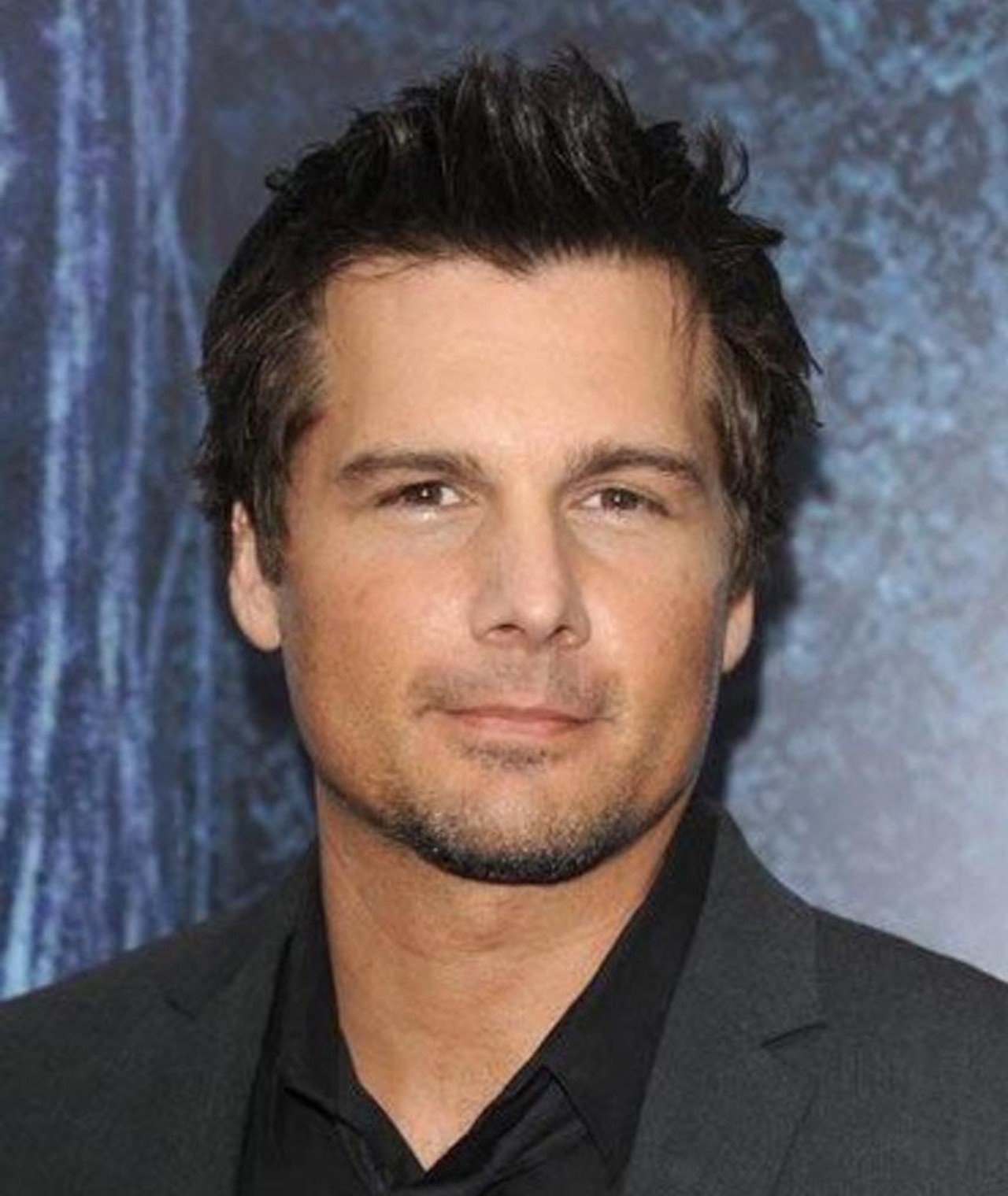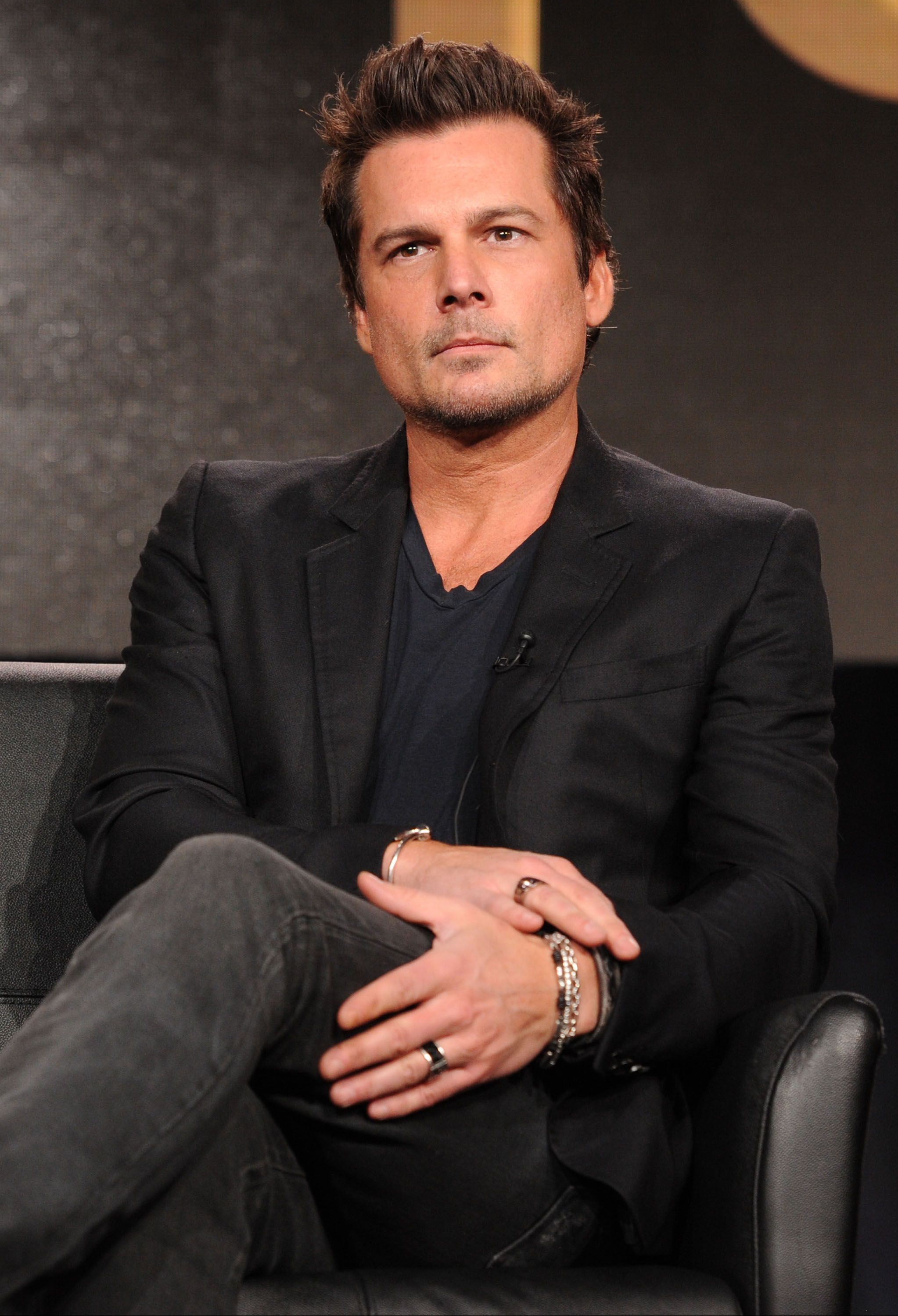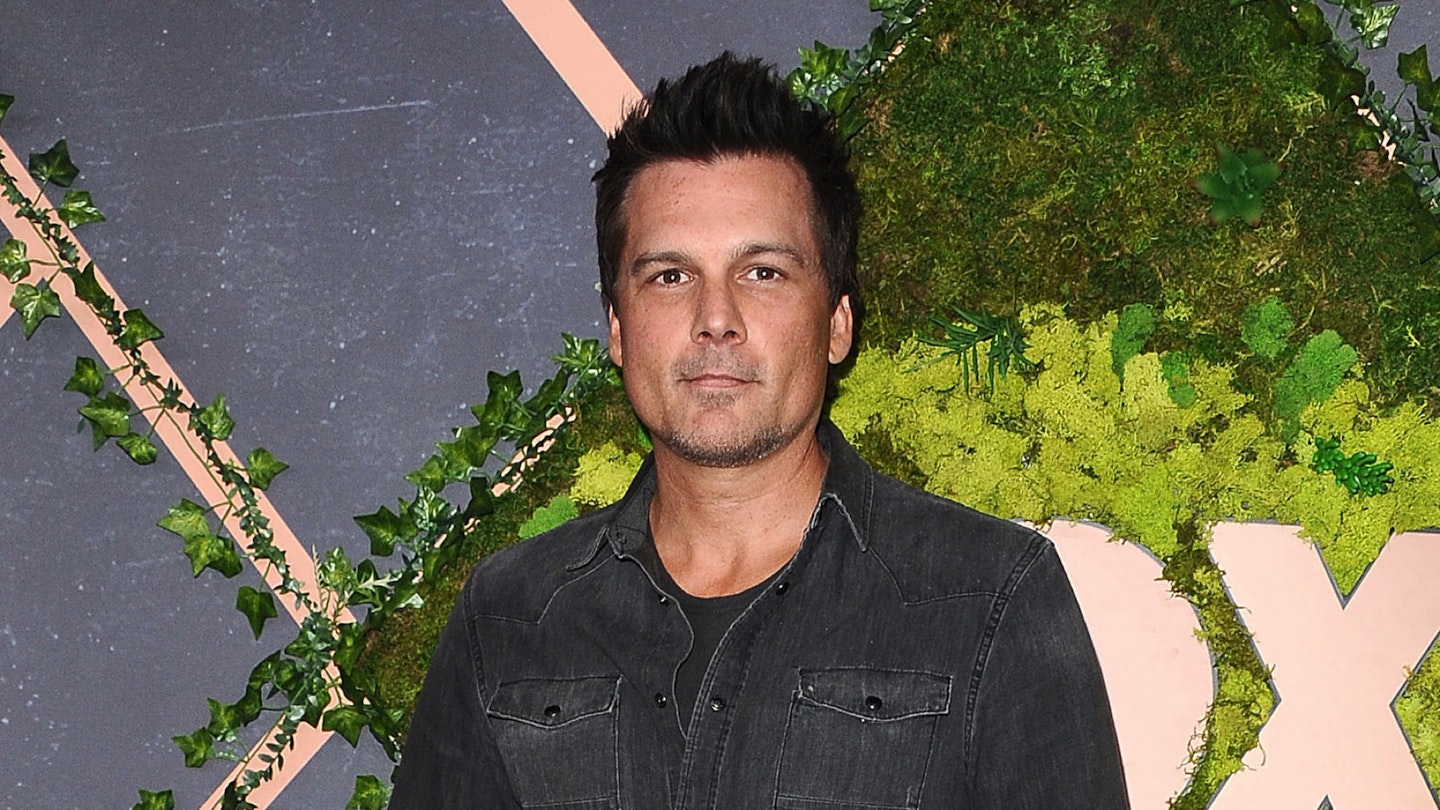Len Wiseman Director: Exploring His Film And TV Work
Thinking about film and television, there are some people whose work just stands out, you know? It's like they have a particular way of telling stories that really gets your attention. When we talk about Len Wiseman, a director with a distinct vision, it's pretty clear he has made a mark in the world of action and genre storytelling. His projects, in a way, often blend fast-paced action with interesting ideas, giving viewers something to think about while they watch.
People often wonder what makes a director's style unique. For Len Wiseman, it seems to be his approach to building worlds and characters within action-packed settings. He has a knack for creating scenes that feel big and exciting, and honestly, he puts a lot of thought into how things look and move on screen. This focus on visual storytelling, it's almost like a signature for him, making his movies and shows easy to spot.
This article will look at the different projects Len Wiseman has worked on. We will explore his journey in directing, from his early days to his more recent contributions. It is interesting to see how his work has grown and changed over time, and what themes or styles he tends to revisit. So, we will cover some of his most recognized films and television series, giving a good picture of what he brings to the screen.
Table of Contents
- Biography of Len Wiseman
- Early Career and First Steps in Directing
- Key Films and Television Series
- Len Wiseman's Directing Approach
- Working with Actors and Crew
- His Impact on Action and Sci-Fi
- What's Next for Len Wiseman
- Common Questions About Len Wiseman Director
- Bringing It All Together
Biography of Len Wiseman
Len Wiseman has made a name for himself in Hollywood, primarily as a director who handles big action sequences and fantasy worlds. He started his career in the film industry in different roles, learning the ropes behind the scenes. This background, it's like, gave him a solid foundation before he stepped into the director's chair. He learned about how movies are put together, from the smallest detail to the largest set piece, which is really important for someone who wants to tell stories visually.
His path to becoming a director involved working on many projects, understanding how various parts of a film production come together. This kind of hands-on experience, you know, is pretty valuable. It helps a person get a full picture of what it takes to bring a script to life. He worked on things like art direction and prop mastery, which, apparently, gave him a good eye for the details that make a film world feel real.
When he did start directing, he showed a clear interest in stories that involve a lot of action, often with a touch of the supernatural or science fiction. This preference, in some respects, has shaped much of his career. He seems to enjoy exploring themes of hidden societies, conflicts between different groups, and characters who have to fight for what they believe in. His early work, too, established a certain look and feel that he would carry through many of his later projects.
Personal Details and Bio Data
| Name | Len Ryan Wiseman |
| Born | March 4, 1973 |
| Birthplace | Fremont, California, USA |
| Occupation | Film Director, Screenwriter, Producer |
| Known for | Action, Science Fiction, and Horror Films |
Early Career and First Steps in Directing
Before Len Wiseman became a director, he had a pretty interesting start in the film world. He began his career in the art department, which is where people work on the look and feel of a movie. This means he was involved with sets, props, and overall visual design. Working in this area, you know, gave him a strong sense of how to create compelling environments for stories. It’s like he was building the worlds characters would live in, even before he was telling their stories directly.
He worked as an assistant for different art departments on some big films. This gave him a chance to see how large-scale productions operate. He learned about the flow of a film set, how different teams cooperate, and what it takes to manage a big project. These early experiences, in a way, were his training ground, helping him understand the many moving parts of filmmaking. It was a practical education, really, preparing him for what was to come.
His first big chance to direct came with a project that truly showed his interest in action and fantasy. This opportunity, apparently, allowed him to put all his learned skills to the test. He took on a story that required a lot of visual effects and intense fight scenes, which, as a matter of fact, became a hallmark of his style. This initial directing effort was a significant step, proving he could handle the demands of a complex film. It set the stage for his future work, establishing him as someone who could bring exciting, high-energy stories to the screen.
Key Films and Television Series
Len Wiseman has put his stamp on several notable projects, both in movies and on television. His work often features a mix of intense action, a bit of dark fantasy, and sometimes, you know, a touch of science fiction. He seems drawn to stories where characters face big challenges in worlds that feel different from our own. These projects have, in some respects, helped define his career and show what kind of stories he likes to tell.
When people talk about his films, they often mention the visual style and the way he handles fight scenes. He has a way of making action feel very dynamic, almost like you are right there in the middle of it. This attention to how action unfolds on screen, it's pretty clear, is a big part of why his movies are popular with fans of the genre. He also tends to work with strong characters who are often caught in difficult situations, fighting for survival or for a cause.
His television work also shows his interest in creating detailed worlds and engaging narratives. He has directed episodes for shows that have a strong sense of mystery or a unique premise. This versatility, frankly, shows he can adapt his directing skills to different formats, whether it is a full-length movie or a single episode of a series. He brings the same level of commitment to visual storytelling, no matter the screen size.
The Underworld Series
One of the most recognized projects for Len Wiseman is the "Underworld" film series. He directed the first two movies in this series, and they really set the tone for the whole franchise. These films are about a secret war between vampires and werewolves, which, you know, is a pretty cool idea for an action movie. He helped create a very specific visual style for these films, using dark colors and a lot of rain to give them a moody, gothic feel. This look, it's almost like another character in the movies, adding to the overall atmosphere.
The "Underworld" movies are known for their fast-paced action sequences and their interesting creature designs. Len Wiseman, apparently, put a lot of effort into making the fight scenes look very fluid and impactful. He made sure the creatures, like the vampires and the Lycans, had a distinct appearance and moved in a way that felt real within their fictional world. This attention to detail, honestly, made the films stand out in the action-horror genre. He also helped establish the main character, Selene, as a powerful and memorable figure.
His work on "Underworld" was a big step for him as a director. It showed he could handle complex visual effects, intense action choreography, and build a compelling fictional world. The success of these films, in a way, opened doors for him to direct other large-scale projects. They became a sort of calling card, demonstrating his ability to deliver exciting and visually striking entertainment. He really made his mark with these films, and people often think of them when they hear his name.
Live Free or Die Hard
Another significant film directed by Len Wiseman is "Live Free or Die Hard," which is the fourth movie in the popular "Die Hard" series. This project was a bit different from "Underworld" because it brought him into a well-established action franchise. Directing a film with an iconic character like John McClane, you know, comes with its own set of expectations. He had to make sure the movie felt like a "Die Hard" film while also bringing his own style to it.
He managed to update the action for a modern audience, incorporating themes of cyber-terrorism, which, at the time, felt very current. The film had a lot of big action sequences, including car chases and explosions, which is pretty typical for a "Die Hard" movie. Len Wiseman, apparently, handled these scenes with a lot of energy, making them feel exciting and impactful. He focused on practical effects mixed with visual effects to create a believable sense of chaos and destruction. This blend, in some respects, made the action feel very real.
Working on "Live Free or Die Hard" showed his ability to direct a major Hollywood blockbuster. It proved he could work with a big budget and deliver a film that appealed to a wide audience. The movie was a commercial success, and it further solidified his reputation as a director who could handle large-scale action. It also demonstrated his skill in working with established characters and bringing new life to a long-running series. He really put his own spin on the "Die Hard" formula, which, honestly, worked out pretty well.
Total Recall
Len Wiseman also directed the 2012 remake of "Total Recall." This was a big project because the original film is very well-known and has a lot of fans. Taking on a remake, you know, means you have to balance honoring the original while also bringing something new to the story. He chose to give the film a more grounded, realistic feel compared to the original's more fantastical approach, which was a pretty bold choice.
The film featured a very detailed futuristic world, filled with advanced technology and bustling cityscapes. Len Wiseman, apparently, paid a lot of attention to the visual design of this world, making it feel very lived-in and believable. The action sequences were also very intense and well-choreographed, with a focus on close-quarters combat and thrilling chases. He tried to make the action feel very visceral, putting the audience right in the middle of the fights. This approach, in a way, gave the film a distinct look and feel.
While the film had mixed reactions, it certainly showcased his ability to create a visually rich science fiction world and direct large-scale action. It was a chance for him to explore themes of identity and reality within a high-stakes setting. Directing "Total Recall" added another big-budget, genre film to his resume, further showing his commitment to these types of stories. He definitely put his own spin on a classic, which, honestly, is what remakes often try to do.
Television Directing Contributions
Beyond his work in movies, Len Wiseman has also made significant contributions to television. He has directed pilot episodes for several popular series, which is a very important role in TV production. The pilot episode, you know, sets the tone and visual style for the entire show. It's like building the foundation for a whole new world that viewers will come to know. He has a knack for establishing the look and feel of a series from the very beginning.
For example, he directed the pilot episode of "Sleepy Hollow," a show that blended horror, fantasy, and mystery. His direction for this episode, apparently, helped create the show's unique atmosphere and visual identity. He also directed the pilot for "Lucifer," a series that combines supernatural elements with crime-solving. In both cases, he helped define the visual language and pacing that would carry through the rest of the seasons. This ability to set up a show visually, it's pretty valuable in television.
His TV work shows that his directing skills are not just limited to big screen blockbusters. He can adapt his style to the faster pace and different demands of television production. He brings the same attention to detail and visual flair to the small screen, which, in some respects, helps elevate the quality of the shows he works on. These television projects demonstrate his versatility and his ongoing interest in genre storytelling, whether it is for film or TV. He has, basically, left his mark on a few popular TV series, which is pretty cool.
Len Wiseman's Directing Approach
Len Wiseman has a directing style that often stands out, especially in the action and science fiction genres. He tends to favor a very dark and moody visual aesthetic, often using a lot of blues, grays, and blacks in his color palettes. This approach, you know, gives his films a distinct atmosphere, making them feel a bit intense and serious. It is like he is building a world where things are not always bright and cheerful, which suits the kinds of stories he tells.
He also puts a lot of emphasis on practical effects mixed with computer-generated imagery. This means he tries to use real stunts and physical sets as much as possible, then adds digital effects to enhance them. This method, apparently, helps make the action feel more grounded and believable, even when the situations are fantastical. He wants the audience to feel the impact of every punch and explosion, and using real elements helps with that feeling. It's a way of making the action feel very immediate.
Another aspect of his style is his use of fast-paced editing during action sequences. He cuts quickly between different shots, which, in some respects, creates a sense of urgency and excitement. However, he also knows when to hold a shot to let the audience take in a moment or a character's reaction. This balance between quick cuts and

Len Wiseman – Movies, Bio and Lists on MUBI

Pictures of Len Wiseman

Len Wiseman News & Biography - Empire